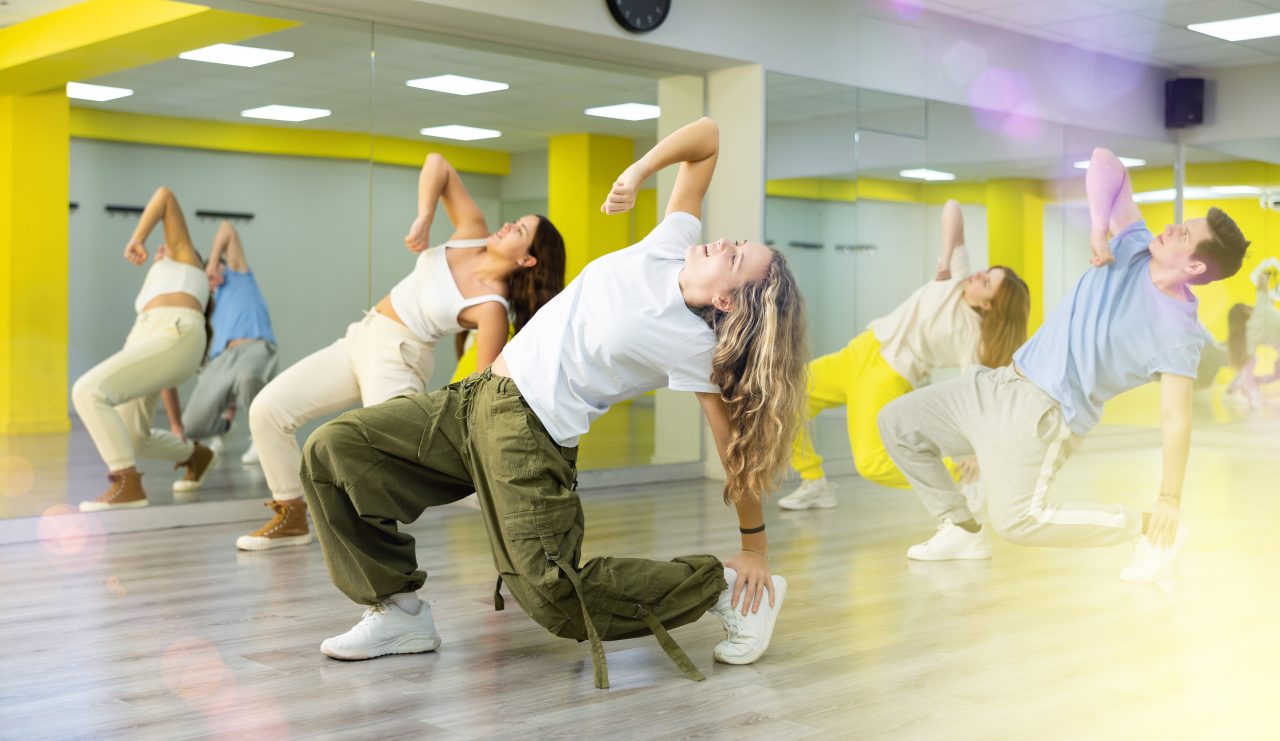Introduction:
Dance is a language that speaks through movement, and mastering expressive skills is essential for any aspiring dancer. For students, teachers, and parents embarking on the AQA GCSE Dance journey, understanding these skills can make a world of difference. Two thirds of the written paper relies on students knowing their skills. Learning the expressive skills and their definitions is important.
IDEA 1: Understanding Expressive Skills (For Parents and Students)
Focus: The power of your gaze. Focus enhances your performance and adds depth to your interpretation. It’s using your eyes to connect with the audience and convey the emotion of your dance.
Spatial Awareness: It’s not just about the moves; it’s about understanding the space around you. Spatial awareness involves utilizing the stage effectively to make your performance shine.
Facial Expression: Your face is a canvas of emotions. Master the art of using facial expressions to communicate mood, feeling, and character, and let your dance tell a story.
Phrasing: Dance is like poetry in motion. Phrasing is about how you distribute the energy throughout a movement sequence. It’s like adding rhythm to your dance steps.
Musicality: Let the music guide your steps. Musicality is about syncing your movements with the rhythm, tempo, and feel of the music, creating a harmonious dance-music fusion.
Sensitivity to Other Dancers: Dance is a conversation without words. Being aware of and connected to fellow dancers adds a layer of synergy to your performance, making it a collaborative masterpiece.
Communication of Choreographic Intent: Your dance is your message to the world. It’s about communicating the mood, meaning, ideas, themes, and style of your choreography to the audience.
IDEA 2: The SPF SPC MC Guide (For Teachers, Parents, and Students)
SPF SPC MC: Imagine it being rapped by a lyrical maestro! This acronym encapsulates the essence of expressive skills in GCSE dance.
S: Spatial Awareness – Imagine a dancer who not only masters the moves but also possesses an acute sense of the space around them. Space is their artistic canvas, waiting to be painted with movement.
P: Projection – A dancer’s energy is magnetic, pulling in the audience. Projection is what makes a performance come alive, captivating hearts and minds.
F: Facial Expression – Your face is your emotional palette. Every expression paints a new shade of feeling. Use your eyes, ears, mouth, and nose to tell a story.
S: Sensitivity to Other Dancers – Dance is a symphony of connections. Sensitivity to fellow dancers transforms choreography into a harmonious dialogue, enhancing the overall performance.
P: Phrasing – Movement is poetry, and phrasing is its rhythm. Energy flows through your dance like verses, guiding the audience through your story.
F: Focus – Your eyes are the narrator of your dance. Focus enhances both performance and interpretation, allowing the audience to dive into the depth of your movements.
M: Musicality – Your dance becomes a musical instrument. Let the rhythm, tempo, and emotion of the music guide your steps, creating a magical dance-music fusion.
C: Communication of Choreographic Intent – Every dance has a message. Communicate the soul of your dance through mood, meaning, ideas, themes, and style, and watch it resonate with the audience.
IDEA 3: Embrace the Song (For Everyone)
Remember the nursery rhymes that stuck with us since childhood? Let’s use that same power to learn expressive skills! Sing along to the familiar tune of “Head, Shoulders, Knees and Toes”:
Facial Expression shows the mood, shows the mood, Facial Expression shows the mood, shows the mood, The eyes, and ears, and mouth, and nose, Facial Expression shows the mood, shows the mood.
Focus is about the eyes, about the eyes, Focus is about the eyes, about the eyes, Connecting to the audience, Focus is about the eyes, about the eyes.
Spatial Awareness is about the space, about the space, Spatial Awareness is about the space, about the space, Your consciousness and peripheral vision, Spatial Awareness is about the space, about the space.
Sensitivity to Other Dancers is about your connection, your connection, Sensitivity to Other Dancers is about your connection, your connection, Your awareness and connection, Sensitivity to Other Dancers is about your connection, your connection.
And to the tune of “Wheels on the Bus”:
The Projection in the dance goes out to the audience, Energy out to the audience, Energy out to the audience, The Projection in the dance goes out to the audience, Drawing them in.
The Phrasing in the dance goes up and down, up and down, up and down. The Phrasing in the dance goes up and down, Like a sentence!
Your musicality in the dance responds to the music, responds to the music. Your musicality in the dance responds to the music, responds to the music. It’s unique qualities.
Mastering expressive skills is a journey that every dancer undertakes. For students, teachers, and parents venturing into the world of AQA GCSE Dance, these skills are the key to unlocking the beauty and power of movement.



